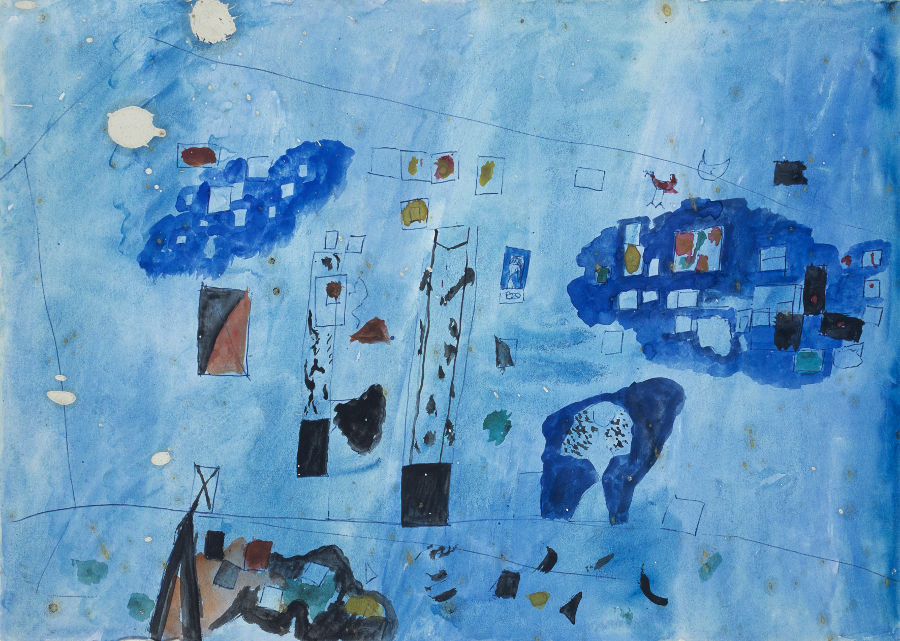AMNESTY INTERNATIONAL
DÉCLARATION PUBLIQUE
Index AI : EUR 68/001/2012
AILRC-FR
26 juin 2012
Slovénie. La Cour européenne des droits de l'homme demande que justice soit
rendue aux « effacés »
Amnesty International salue la décision rendue mardi 26 juin 2012 par la Grande Chambre de la
Cour européenne des droits de l'homme dans l'affaire Kurić et autres c. Slovénie. La Grande
Chambre a estimé que l'« effacement », c'est-à-dire la radiation illégale de milliers de personnes du
registre slovène des résidents permanents, et les conséquences de cette pratique constituaient de
graves violations des droits humains.
Vingt ans après la radiation illégale de 25 671 personnes, cette décision marque la fin de la
controverse sur cette pratique. En se prononçant en faveur des « effacés », la Cour a rejeté
expressément et totalement les arguments des autorités slovènes, selon lesquels les personnes
radiées sont responsables de leur situation.
La radiation de milliers de personnes du registre des résidents permanents constitue l'une des
atteintes aux droits fondamentaux les plus graves depuis l'indépendance de la Slovénie. Les
autorités doivent reconnaître le caractère discriminatoire de leurs actes et ouvrir une enquête
exhaustive et impartiale sur l'« effacement » et ses conséquences. Par le biais de cette décision, la
Cour européenne des droits de l'homme adresse un message clair à la Slovénie : les « effacés »
auraient dû obtenir réparation depuis longtemps, notamment sous la forme de restitution, de
satisfaction, d'indemnisation, de réadaptation et de garantie de non-répétition, comme l'exige le
droit international.
Amnesty International appelle les autorités slovènes à examiner en profondeur la décision de la
Grande Chambre et à présenter des mesures de mise en oeuvre visant à résoudre sans délai la
situation des personnes dont le statut de résident permanent a été révoqué.
Complément d'information
26 février 1992 : 25 671 personnes – soit plus d'un pour cent de la population slovène – sont
illégalement radiées du registre des résidents permanents du pays, et ce en dehors de toute
procédure légale, sans avertissement préalable ni possibilité de contestation. Il s'agit
principalement de personnes originaires d'autres républiques de l'ex-Yougoslavie vivant en Slovénie
mais qui, pour diverses raisons, n'ont pas acquis la nationalité slovène après l'accession de ce pays
à l'indépendance.
Conséquences : la radiation prive, de fait, les « effacés » de leurs droits économiques, sociaux et
politiques ; ils sont mis au ban de la société ou contraints d'émigrer dans d'autres pays d'Europe,
souvent en se faisant passer pour des réfugiés, voire des demandeurs d'asile. On dénombre
quelques cas de suicides et d'autres décès dus à la pauvreté et au manque de soins médicaux.
Beaucoup sont expulsés de force du pays, même si leur conjoint(e) ou leurs enfants sont de
nationalité slovène, ce qui conduit à l'éclatement de nombreuses familles.
1999 et 2003 : la Cour constitutionnelle de Slovénie reconnaît à deux reprises (en 1999 puis en
2003) l'illégalité de cette procédure, statuant que la qualité de résident permanent des personnes
concernées doit être rétablie avec effet rétroactif à la date à laquelle elles ont été radiées du
registre.
Conséquences : les décisions pourtant sans équivoque de la Cour constitutionnelle restent lettre
morte pendant des années. Ainsi, en 2012, environ 13 000 personnes sont toujours privées de
statut juridique en Slovénie. La réticence affichée année après année par les autorités montre
qu'elles n'ont pas su appréhender pleinement les conséquences de cette procédure ni la situation à
laquelle les « effacés » sont confrontés.
2006 : l'affaire Kurić et autres c. Slovénie a pour origine une requête dirigée contre la Slovénie et
déposée le 4 juillet 2006 auprès de la Cour européenne des droits de l'homme par 11 personnes
« effacées ». Après un premier examen, la Cour européenne déclare la requête recevable en vertu
du droit à un recours effectif, du droit au respect de la vie privée et familiale et de l'interdiction de
la discrimination.
2010 : une loi spécifique est adoptée pour rétablir le statut juridique des « effacés » et mettre en
oeuvre les décisions de la Cour constitutionnelle. Cependant, la portée et l'application de cette loi
restent un sujet de préoccupation.
Conséquences : la nouvelle législation est restrictive et fait reposer la charge de la preuve sur les
« effacés », sans même les exonérer des frais administratifs. De plus, l'annonce de la nouvelle loi
n'est guère diffusée dans d'autres pays où certains « effacés » ont élu domicile, et aucune
disposition spécifique n'est prévue pour le regroupement des familles qui se sont formées
ultérieurement. C'est pourquoi les demandes de rétablissement de statut juridique sont très peu
nombreuses. D'après les registres officiels des autorités slovènes, en avril 2012, seules
170 demandes ont été présentées par des « effacés », 17 par leurs enfants et 42 par d'autres
personnes. Seules 59 d'entre elles ont reçu une réponse favorable, 83 ont été rejetées ou
suspendues et 87 sont en cours d'instruction.
2010 : selon la décision prononcée en première instance dans l'affaire Kurić c. Slovénie le
13 juillet 2010, la Slovénie a violé le droit au respect de la vie privée et familiale (art. 8 de la
Convention européenne des droits de l'homme) et au droit à un recours effectif (art. 13 du même
texte). Fin 2010, la Slovénie tout comme les « effacés » interjettent appel devant la Grande
Chambre de la Cour européenne des droits de l'homme. L'audience publique de l'affaire se tient le
6 juillet 2011.
Document public
 RSS Feed
RSS Feed
 Twitter
Twitter





 11:27 AM
11:27 AM
 Unknown
Unknown




